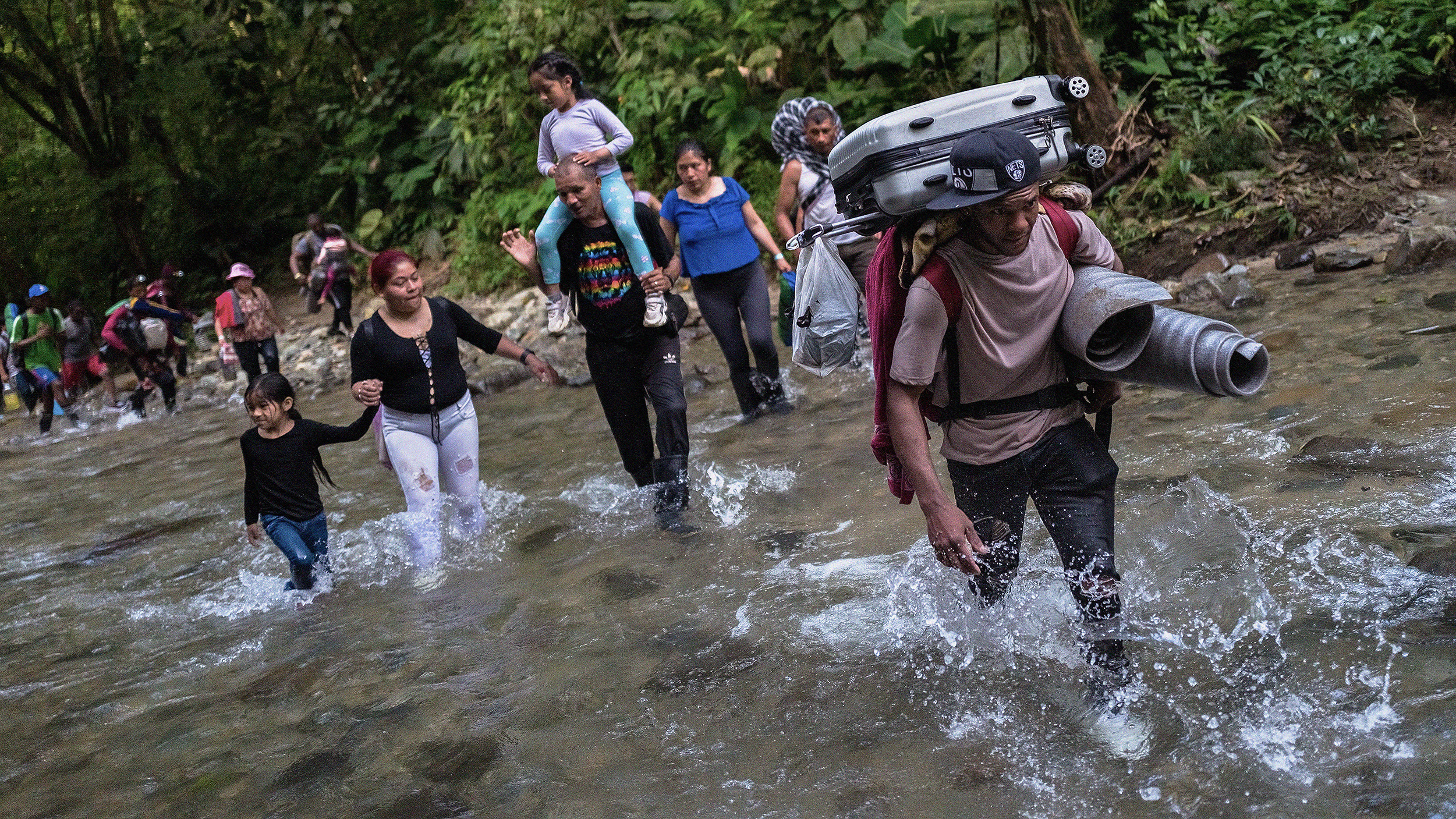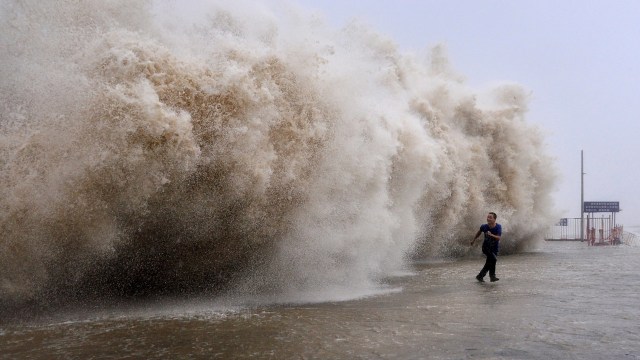Want to protect the health of 35 million Americans? Legalize cannabis.

Photo credit: DESIGNECOLOGIST on Unsplash
- Both legal and illegal cannabis in the U.S. are privy to a number of hazardous substances.
- State regulation and quality control are insufficient.
- Illustrating the public health impact may convince Senate Republicans to take up the matter.
Consumption is Rising
Adult cannabis use is climbing, according to a 2018 Columbia University study. This trend is likely to continue. Today, one in seven U.S. adults consume cannabis. Said differently, nearly 55 million use it once or twice a year. Thirty-five million are regular users. Regular use was defined as once or twice a month or more. Indeed, state-legal cannabis micro-markets, taken together, comprise the fastest growing industry in America.
Twenty-five percent of adults ages 18–29 rarely or occasionally use cannabis. That’s according to a 2018 Gallup poll. Nine percent, the recent research indicates, occasionally or regularly vape cannabis oil. Considering the vaping epidemic, this is worrisome. Do the majority of consumers get their cannabis from a state-legal market? Not quite.
In 2016, 87 percent of all pot sales were from the black market. That’s according to ArcView Market Research, an industry analysis firm. Today, it’s around 80 percent, according to an estimate by New Frontier Data, a firm that follows trends and sales in the cannabis industry. From a public health standpoint, this is still deeply troubling. Black market cannabis is saturated with pesticides.
The Emerald Triangle
Law enforcement officers in the “Emerald Triangle” of Northern California periodically bust outdoor grow operations on public lands. Such “grows” leach dangerous pesticides into the environment, endangering wildlife and possibly even water supplies. Hundreds of grows are shut down each year. Despite this, officials say a multitude go undetected. The reason: just a handful of Forest Service agents are responsible for millions of acres of forest. As a result, most of the land never gets patrolled, and illegal grows are rampant.
Most of these operations are owned by the Mexican drug cartels. State legalization hasn’t slowed their efforts much. Some 889 outdoor cultivation sites were shut down in 2018. Researchers from the Integral Ecology Research Center studied them.
Nearly all (90 percent) of those busted contained banned or restricted-use pesticides. These are highly toxic, but are seen as a necessary evil for growers. Cannabis is prone to pests, such as spider mites, mold, mildew, bacteria, and more. Growers are apt to protect their investment in the fastest and most productive way possible. As a result, pesticide use at such sites has increased over time and is still on the rise.
Seventy-five percent of illegal grows were found to be using dangerous pesticides in 2017. That’s six times higher than in 2012. At a press conference last year, U.S. Attorney for the Eastern District of California, McGregor Scott, admitted that hazardous pesticide use at grow sites is increasing. These findings are significant, since the overwhelming majority of the pot sold in the U.S. comes from the black market, much of it supplied from illegal grows in the Emerald Triangle.
Dangerous Substances
Mass spraying occurs at illegal grows. That’s worrisome since the pesticide carbofuran has been discovered at many of the busted sites. It was banned by the EPA in 2010. One researcher, Mourad Gabriel, said it’s so deadly, a quarter of a teaspoon can kill a 300-pound bear. Even small amounts consumed over time are potentially harmful. The EPA advises ingesting no more than 40 parts-per-billion (PPB).
Consuming more than 40 PPB could potentially damage the testes, the uterus, cause neurological issues, or even stomach cancer. Most of the indications we have are from tests using animal models. It is unknown what effect chronic, low-level exposure has on humans, because it’s never been tested.
Even if consumers get all of their cannabis through legal channels, they’re not in the clear. Cultivators in legalized states use dangerous pesticides and fungicides too, such as myclobutanil, imidacloprid, avermectin, and bifenazate. Possible health risks from consuming these include liver damage, weakened muscles, and even cancer. And these aren’t the only insecticides being used; there are thousands of known types. Despite wide-ranging availability, it’s impossible to test for them all in the current regulatory climate.
Other hazardous substances found on legal weed include residual solvents, molds and mildew, microbes such as salmonella, and heavy metals. So, the question is, do we want to protect 35 million Americans from frequent exposure to hazardous substances? What about a quarter of 18-29-year-olds who occasionally use cannabis?
Why the Federal Government?
One of the most difficult tasks for legalized states is to regulate pesticides. Usually an agrochemical company develops an insecticide and then foots the bill for the research. Once completed, they turn the results over to the Environmental Protection Agency. The EPA reviews it and sets a standard. Federal regulations state that farmers can only use the approved pesticide for each individual crop at the appropriate amount.
Even if federal legalization were to occur tomorrow, it would take years for a manufacturer to prove its pesticide was safe and effective for use on cannabis. In fact, it’s illegal to use a pesticide “off label,” or in any way other than how it’s intended. This problem was laid bare in a recent study published in March in the journal Crop Protection. In it, Purdue University researchers said that due to a lack of universal standards, extensive research is required to develop proper pesticide regulations in cannabis cultivation.
Since the federal government has taken a laissez-faire attitude, there is no approval process in place. So, states must grope around in the dark, trying to decide how to approach pesticide use. The results are grim: in Washington State, California, Oregon, and Colorado, tests reveal levels of pesticides 100 to 1,000 times over acceptable levels for comparable crops.
Cultivators are motivated to turn out a crop quickly and get it to market. An infestation can easily make a grower consider widespread spraying to safeguard their investment. And with the absence of oversight, underhanded growers may be prone to supply a higher-quality product to the lab for testing, while preserving most of their crop, which may be unlikely to pass.
Private Labs
Labs in legalized states are hampered by a lack of standards and proper regulation. In an interview with Lab Managermagazine, Holly Johnson, PhD, chief scientist at the American Herbal Products Association (AHPA), told of an edibles producer who sent five infused chocolate samples from the same batch to five different labs. She received five widely different results.
Another problem is high startup costs. Privately owned labs require expensive equipment, accreditation, and thoroughly trained staff who require high salaries. Since the lab needs to make a profit, they test as many samples as possible, and this hurried, high level of throughput could lead to mistakes. Labs may also be tempted to skew results in favor of growers, who are paying customers. After all, if you fail a customer, they may have their product tested elsewhere in the future.
This issue of poorly regulated labs cascades down the supply chain. If no one can keep labs in check, no one is going to keep the growers, processors, distributors, or dispensary owners in check. FDA oversight would eliminate this issue. Small, private labs do not have the same resources as federal ones. Federal labs draw highly talented personnel, have greater access to capital, and are backed by the U.S. government. Of course, not all cannabis cultivators are inscrutable. Many just don’t have the necessary information needed to combat pests in a safe and appropriate manner. If we’re going to keep the public safe, cannabis growers need access to the same educational opportunities as other farmers.
In an interview in The Cannabis Business Times, Purdue researchers Janna Beckerman and Fred Whitford said they’re contacted frequently by cannabis cultivators seeking advice on pest control. Due to this, they pressed for availability of education at land grant colleges for cannabis farmers.
A Public Health Issue
Sixty-six percent of Americans support nationwide legalization, according to the latest Gallup poll. And 45 percent of Republicans do. Support has seen a steady uptick in recent decades and the trend is likely to continue. American Banker magazine notes the key obstacle to legalization is getting Senate leadership to prioritize the matter.
Senate Banking Committee Chairman Mike Crapo (R-Idaho) is from one of the only states that hasn’t decriminalized in some fashion. Crapo is advancing the SAFE Act through his committee. This bill, if passed, would allow state-legal cannabis businesses access to banking services. Even so, Crapo’s said he doesn’t support federal legalization.
Now, say a legalization bill were to pass through the House. Senate Majority Leader Mitch McConnell said earlier this year he doesn’t support legalization either. So the issue is unlikely to be brought to the Senate floor.
Framing the argument as a public health issue could garner more attention. The enormous baby boomer generation is flush with voters. They may be motivated to press legislators, if they’re aware their children (and grandchildren) are in danger. If boomers don’t know how to minimize their risks, then we can’t expect more rigid oversight in cannabis production, at least not any time soon. What’s more, legalization would help prevent another dangerous vaping epidemic. It would also help protect the occasional and not-so-occasional cannabis user, groups which contain millions of young people.
Federal legalization would see above-board cannabis become price competitive with black market varieties. It would allow the EPA and USDA to prescribe and regulate pesticides and other chemicals used in cultivation. SOPs and protocols would be mandated, and well-staffed, well-funded, independent labs would test and clear products.
The popularity of cannabis isn’t wavering anytime soon. Statistics show quite the contrary, in fact. The only way to protect the health of 35 million Americans is through federal legalization.





